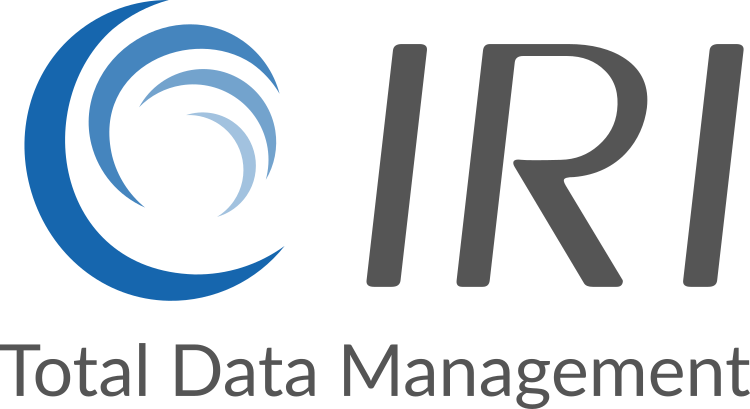IRI Voracity FAQ
IRI Voracity is a total data management platform that combines data discovery, integration, migration, governance, masking, test data generation, and analytics in one Eclipse-based environment.
Voracity consolidates multiple data operations into a single job and I/O pass, reducing complexity, cost, and runtime. It supports both CoSort and Hadoop engines for scalable performance.
Voracity supports structured, semi-structured, and unstructured data from files, databases, cloud apps, big data platforms, and legacy systems.
Yes. Voracity includes FieldShield, DarkShield, and CellShield EE for masking PII, PHI, and other sensitive data in structured, semi-structured, and unstructured sources.
Yes. Voracity includes IRI RowGen to generate realistic, referentially correct test data from metadata or models, and supports subsetting and masking of production data.
Yes. Voracity can replace or speed legacy ETL tools by converting their mappings and executing transformations faster with CoSort or Hadoop engines.
Yes. Voracity supports Hadoop, Spark, and other distributed engines, and can process billions of rows efficiently using parallelism and task consolidation.
Voracity enables data profiling, classification, masking, lineage tracking, and audit logging to support compliance with privacy laws and governance policies.
Yes. Voracity supports DW/EDW, LDW, ODS, EDH, and data lake architectures, and can prototype, populate, and manage data across these environments.
Yes. Voracity supports change data capture, streaming formats like Kafka and MQTT, and real-time masking and transformation.
Yes. Voracity jobs can be scripted and automated for use in DevOps workflows, CI/CD pipelines, and test data provisioning.
IRI Workbench is the Eclipse-based GUI for Voracity, providing visual job design, metadata management, and access to all included tools and wizards.
Yes. Voracity supports data conversion, replication, and federation across platforms, including legacy modernization and cloud migration.
Voracity can generate reports, feed BI tools, and wrangle data for AI/ML models. It integrates with KNIME, Splunk, Power BI, Tableau, and more.
Voracity is developed and supported by Innovative Routines International (IRI), with training, documentation, and technical assistance.
Voracity is licensed by the number of hostnames running jobs, with options for perpetual or subscription models. It includes all base components specified under technical details.


